Turn-taking skills for language teaching: Part 4
by Jono Ryan
This is the fourth and – I think – the final of this series of posts on turn-taking. Few language teachers give turn-taking much thought and it is almost never covered in ELT textbooks. But for some learner groups, adding it to the curriculum has proved invaluable. The remaining question is how to teach it well.
I spent several years working on this problem, mainly in collaboration with my mate Leslie Forrest. We trialed the few ideas we'd seen in the literature and came up with a few dozen ourselves as part of an action research project. We presented at conferences and workshops from 2014 onwards, published a handful in 2015 in 2016, and again in the supplementary materials to our 2019 article. I revisited similar ideas in a chapter on listening in early 2022. But despite it all, I’ve always felt that we were only scratching the surface and that some fresh pairs of eyes on the problem could bring strikingly new perspectives. There are, waiting to be written, multiple PhD theses and books on turn-taking in a second language and how the ELT industry can respond (but see Furo, 2001 and Tanaka, 1999). For teachers focused on the classroom, there is wide scope for developing new activities and lesson plans, many of which could be shared in textbooks, teacher resource books, blogs and elsewhere.
Where Leslie and I left off with the project was a tentative conclusion that the following represented the minimal turn-taking content to include in a syllabus (2019, p. 112):
· Raising learner awareness of the concept of turn-taking as a ‘thing’, and highlighting the often seamless flow between speakers [see Part 2 in this series]
· The notion of projection [Part 3]
· Strategies for taking the floor
I’m open to being persuaded otherwise, but I still these as the most central elements.
One thing I haven't discussed in this series is that third bullet, strategies for securing the next turn. At risk of oversimplifying, when there is competition for the next turn, it can come down to being first to start. Importantly for our learners, a ‘start’ does not have to involve launching a fully-formed utterance. Instead, useful techniques include things like an in-breath, clearing the throat, shifting body position in certain ways, or using an expression like ‘well’ or ‘um’. During a workshop on this, one of the audience members was in the midst of refuting this, but with an audible in-breath and a subtle movement, I stopped her in her tracks. Point made.
My most recent experience teaching turn-taking was with a very small class of 5 students. We did something akin to the consciousness-raising task in Part 2, followed by a self-directed task in which they watch edited video clips and decided whether they thought the current speaker would continue or stop, before watching what actually happened. The following week, we did a series of tasks based on the following format:
· The teacher recounts a narrative from a preprepared script
· Students each have a list of 4 phrases representing appropriate as responses at different stages of the narrative
· The objective is to be the first to use the right phrase in the appropriate location, taking care not to interrupt that teacher
· If necessary, a placeholder such as ‘well’ can be used to create a moment’s ‘thinking space’ to figure out which of the phrases works best
For instance, at one part of the narrative I said “can you keep this secret?”, to which the corresponding student option was to say ‘I promise’. When I later said “She had an accident”, they could reply with ‘was she hurt?’, and so on. We did this sitting in a circle, and as an activity, students were highly engaged and motivated.
It was a brief and very narrowly-focused intervention, but these few small steps were the first instruction they had ever had on turn-taking.
The value in conducting such practice was recently reinforced in interview data (collected and translated by Jin Yoon), in which a former international student spoke of withdrawing from her degree programme after feeling humiliated in the way she was systematically ignored and excluded from group discussions. One way teachers can help is by equipping students with the tools to proactively negotiate when they wish to speak, freeing them from dependency on others to grant them a turn.
References and recommended resources
Barraja-Rohan, A.-M., & Pritchard, C. R. (1997). Beyond Talk: A course in communication and conversation skills for intermediate adult learners of English. Western Melbourne Institute of TAFE.
Carroll, D. (2011). Taking turns and talking naturally: Teaching conversational turn-taking. In N. R. Houck & D. Tatsuki (Eds.), Pragmatics: Teaching natural conversation (pp. 91-103). TESOL Publications.
Furo, H. (2001). Turn-taking in English and Japanese: Projectability in grammar, intonation ans semantics. Routledge.
Ryan, J. (2022). Listening in interaction: Understanding projection. In M. Reed & T. Jones (Eds.), Listening in the classroom: Teaching students how to listen (pp. 123-138). TESOL Press.
Ryan, J., & Forrest, L. (2015). Teaching turn-taking. Modern English Teacher, 24(4), 69-71
Ryan, J., & Forrest, L. (2016). Teaching turn-taking: Part 2. Modern English Teacher, 25(1), 65-67.
Ryan, J., & Forrest, L. (2021). ‘No chance to speak’: Developing a pedagogical response to turn-taking problems. Innovation in language learning and teaching, 15(2), 103-116. https://doi.org/https://doi.org/10.1080/17501229.2019.1687709
Tanaka, H. (1999). Turn-taking in Japanese conversation: A study in grammar and interaction. John Benjamins.
Wong, J., & Waring, H. Z. (2021). Conversation analysis and second language pedagogy: A guide for ESL/EFL teachers (2nd ed.). Routledge.
